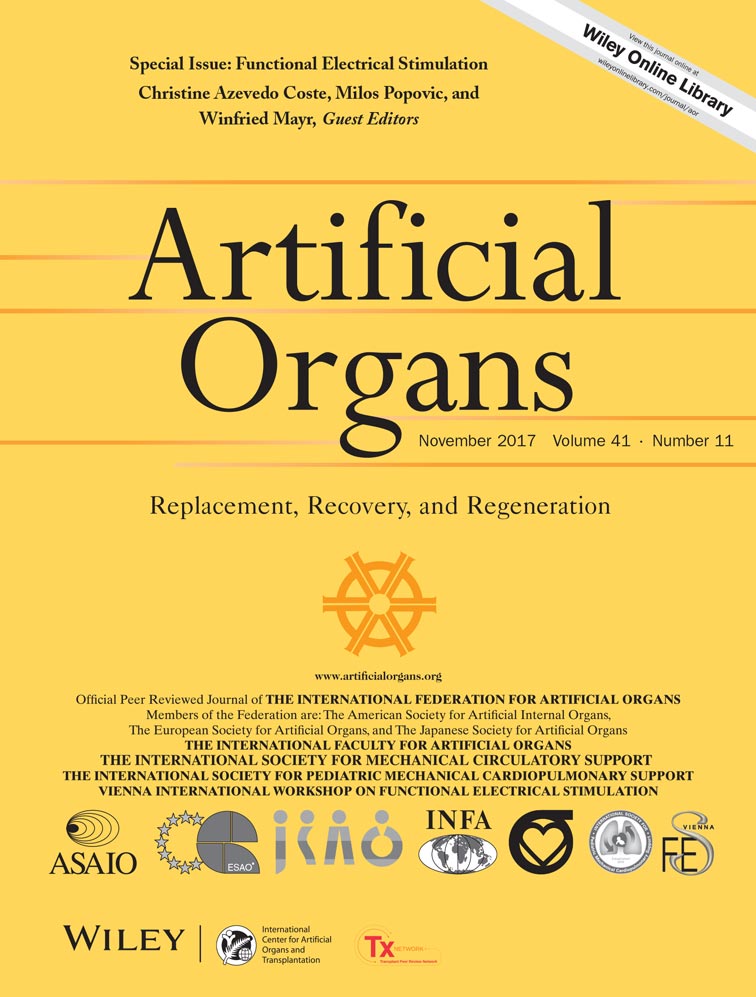Design and Hemocompatibility Analysis of a Double-Suction Injection Suspension Blood Pump Using Computational Fluid Dynamics Methods
Abstract
The blood pump has become a possible solution to heart diseases. For the prevention of device failure and hemocompatibility problems, a rotary pump with suspended bearing is a preferred solution. In our previous work, a novel injection suspension method has been introduced to levitate the rotor. The suspension method is totally passive. This study aims to apply this suspension method to a double-suction pump, and the property of the pump was investigated using computational fluid dynamics (CFD) methods. The flow field of the pump is simulated based on the SST k–ω turbulent model. The characteristic curves of the pump were calculated. At the nominal working point of 5 L/min, 100 mm Hg, the suspension force acting on the rotor was detected, which could reach 0.46 N with a gap of 150 µm. We compared the pump with a previously developed single-suction injection pump to evaluate the blood compatibility of the double-suction design. The average scalar shear stress values were 3.13 Pa for the double-suction pump and 7.10 Pa for the single-suction pump. Larger volumes in the single-suction pump were exposed to shear stresses higher than 10 Pa. Thresholds for the von Willebrand factor cleavage, platelet activation, and hemolysis were defined to be 9 Pa, 50 Pa, and 150 Pa, respectively. The volume fractions for the double-suction pump are lower for all thresholds. The normalized index of hemolysis (NIH) values for the two pumps were calculated to be 0.008 g/100 L and 0.016 g/100 L. Results proved that the double-suction pump has a better hemocompatibility compared with the single-suction pump.




